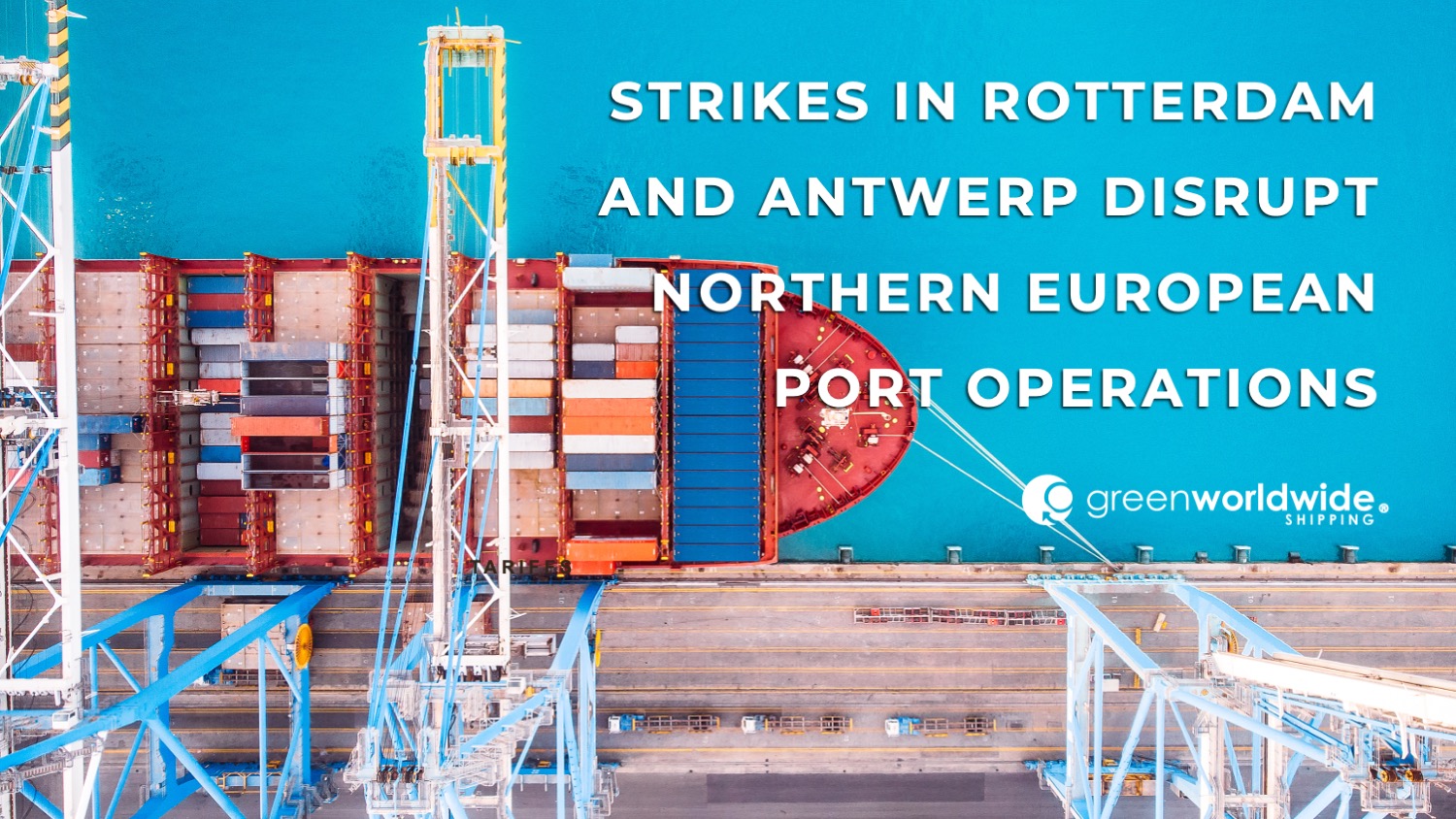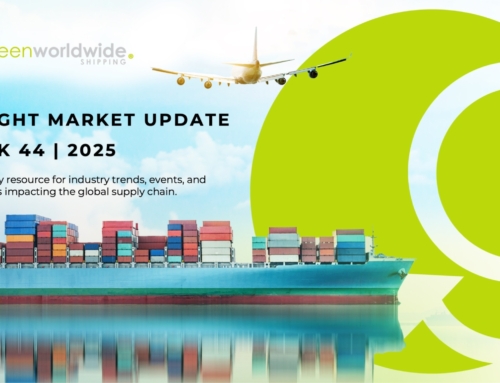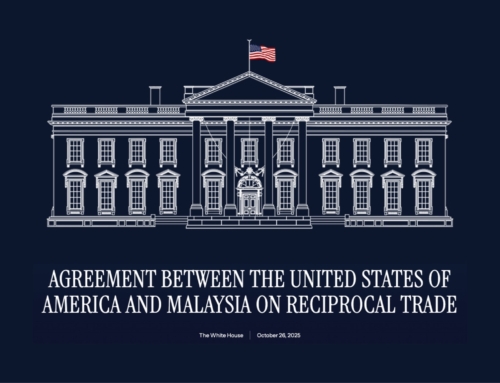HOW ARE LABOR ACTIONS AFFECTING ROTTERDAM’S TERMINALS?
Lashing crews at the Port of Rotterdam began a 48-hour strike on October 8, 2025, in a dispute over wages and working conditions. The strike halted container securing and release operations across several major terminals, including APM Maasvlakte II, Hutchinson Ports Delta II, ECT Delta, and Rotterdam World Gateway. Port officials confirmed on October 9, 2025, that the normal queue of six to seven vessels had increased to thirteen. While part of the congestion followed storm-related delays earlier in the week, the work stoppage has reduced daily container-handling capacity. Lashers typically secure about 17,000 fully loaded import containers per day.
Union FNV Havens is meeting with employers Matrans and ILS on October 10, 2025, to negotiate a resolution. If no agreement is reached, the strike may continue through the weekend.
WHAT IS THE STATUS OF PILOTAGE SERVICES IN ANTWERP AND ZEEBRUGGE?
At the Port of Antwerp-Bruges, Flemish harbor pilots began a work-to-rule action on October 5, 2025, in response to federal pension reforms. Under this action, pilotage is restricted to office hours, with vessel movements limited to 10 a.m. through 5 p.m local. As of October 9, 2025, port officials reported 85 vessels in Antwerp and 13 in Zeebrugge awaiting confirmed scheduling. Both ports continue to experience congestion despite efforts to optimize vessel dispatching and reduce delays.
WHAT DOES THIS MEAN FOR U.S. IMPORTERS AND EUROPEAN EXPORTS?
Rotterdam and Antwerp-Bruges together handle more than 480 million metric tons of cargo annually and serve as primary gateways for transatlantic trade. Extended labor actions in either port can delay vessel berthing, inland transfers, and container availability for shipments bound for the United States.
Port of Rotterdam data show total throughput at 211 million metric tons for the first half of 2025, down 4.1 percent year-over-year, with container volumes up 2.7 percent in TEUs. Antwerp-Bruges handled 271 million metric tons in 2023, including 12.5 million TEUs of containerized cargo and 3.5 million new vehicles.
Both port authorities have confirmed that operational updates will continue as negotiations progress. Shippers should monitor carrier advisories for potential vessel rollovers or schedule adjustments until full service resumes.
Stay up-to-date on freight news with Green’s Weekly Freight Market Update by following us on LinkedIn. For continuous updates, make sure to check out our website at greenworldwide.com.





